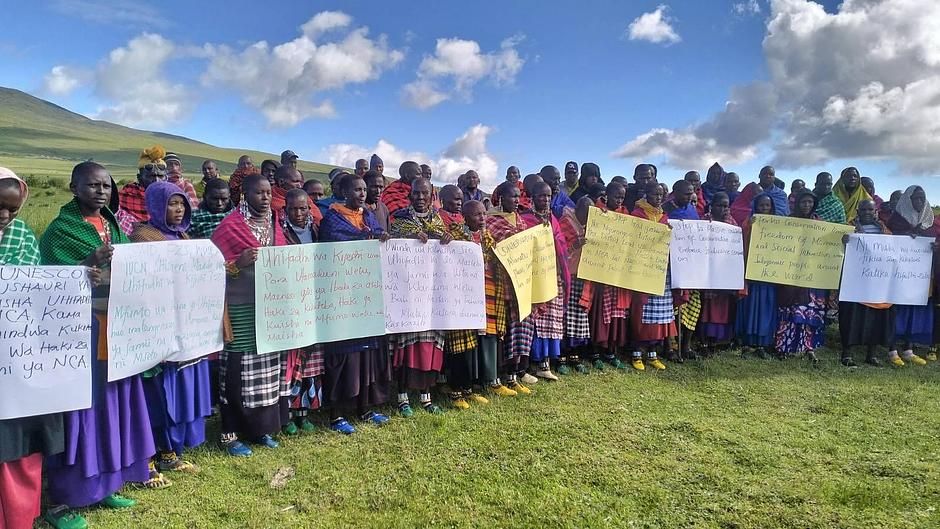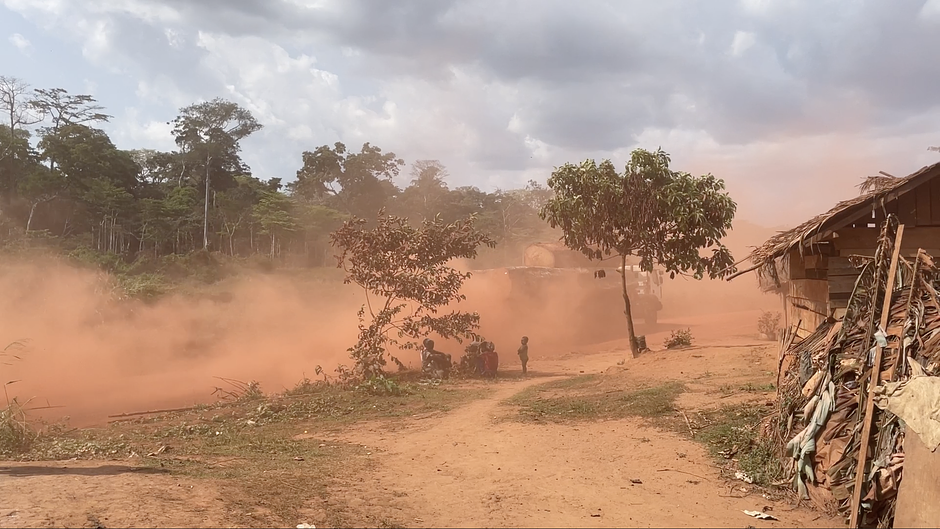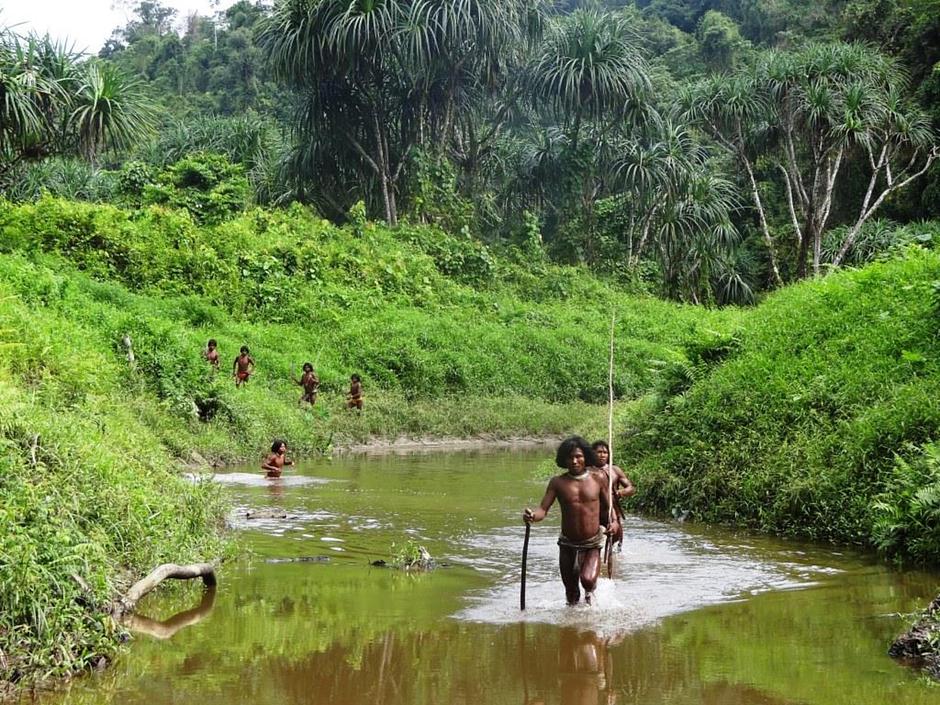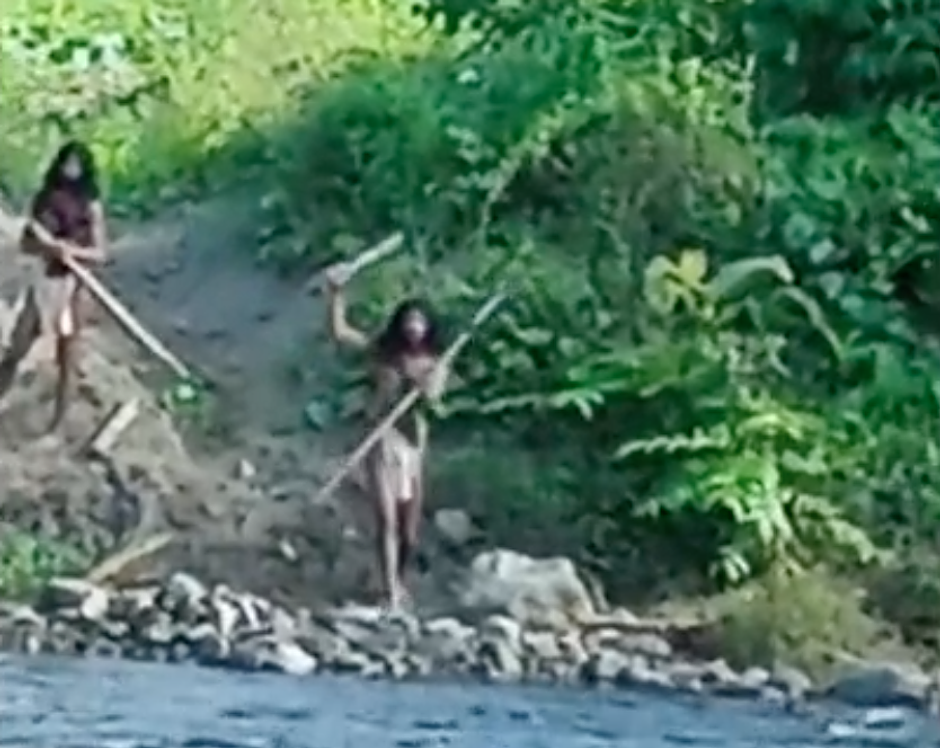Who protects Protected Areas and why?
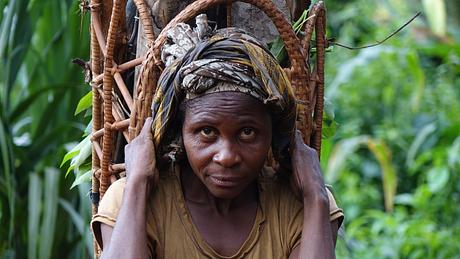
By Stephen Corry
A version of this article was originally published by World Rainforest Movement in their March/April 2020 Bulletin which can be found here.
It looks like everyone’s coming around to the conservation industry’s plan to double the size of Protected Areas (PAs). They’re supposed to extend over thirty (or even fifty?) per cent of the globe. The number is arbitrary, the point is that they’re supposed to be the solution to pretty much all the really big problems – biodiversity loss, climate change, and now even – believe it or not – COVID-19!
Wouldn’t it be nice! After all, everyone agrees that those are the big issues – everyone who isn’t starving or being bombed or shot at, that is. But pretending PAs are the answer to any of the above is a really big lie. They’ll solve none of these. Of course, if they tell a lie big enough and keep repeating it, people will eventually come to believe it.
One tragic aspect of pushing fake solutions is that they take attention from what might be the real ones, but this is worse than that.
Biodiversity loss
Let’s take in turn the three issues PAs are supposed to solve. Biodiversity loss should be the most obviously straightforward. After all, if you fence off a large area of land and stop human activity, surely you’ll end up with more biodiversity than there was in the first place?
There are three really big problems with this idea. First, so-called wilderness is a figment of Europeans’ imagination. It’s the myth which has, for more than two thousand years, opposed “civilization” to “wilderness” – lands outside the empire (think Roman), populated with hostile, nomadic barbarians. Those are the territories which the Romans sought to “tame,” mainly because they wanted the resources – slaves, salt, tin, whatever. Now, we say we want them left “wild,” but in reality someone is still after their resources, to profit from the tourism, logging, plantations, even mining, which PAs open up.
The areas aren’t wild. Humans have manipulated the landscape almost everywhere for as long as they’ve – we’ve – existed. Why not? As the most intelligent species on Earth, why wouldn’t we alter the flora and fauna to suit ourselves, just like many species?
People cleared land with fire, changed the balance of animal populations through hunting, moved plants around on an intercontinental scale, domesticated animals (the dog was the first we know of) – and all that tens of thousands of years before what we now call “agriculture.” When growing and herding became bigger than hunting and foraging (and forget the European fairy tale that agriculture was “discovered” in the Middle East), then the changes accelerated. Pastoralists created new grass plains, their herds moved seeds over huge areas and opened up new spaces. People manipulated plants to produce hundreds of cultivars, which couldn’t survive without human agency. Extensive terracing of hill slopes, seasonal burning, and selective hunting (eg of beavers), altered water courses.
Latest research points to the fact that the big “wildernesses” on Earth – Amazonia, the African plains, the Indian jungles and so on – are human creations forged over thousands of years. This, of course, wasn’t recognized by the European colonists, and still isn’t in conservation-speak. “Wilderness” has been promoted since the U.S. “Indian Wars” when Native Americans were booted out of the nascent national parks, just another chapter in their subjugation and the “taming” of the West. The racism that was a central element in the conservation narrative’s gestation then is still present today, albeit a bit hidden.
The second problem with the idea that PAs protect biodiversity is the fact that there’s not much evidence they’re particularly good at it. It’s impossible to measure with comprehensive accuracy (what exactly do you count?), but studies indicate that land under Indigenous management does a much better job than PAs. It’s finally becoming axiomatic that some 80% of biodiversity is in Indigenous territory.
The third problem is that PAs can actually lead to biodiversity loss. By evicting Indigenous peoples (and forget the lie that such evictions are a thing of the past, they’re not), those shown to protect biodiversity are stopped from doing what they’ve been doing very well and are thrown out and consigned to the dustbin, to the eventual detriment of the landscape.
If we’re genuine about putting the brakes on biodiversity loss, the quickest, cheapest and well-proven method would be to support as much Indigenous land as possible, and to return back to their control that which has been stolen from them as much as practicable.
Climate change
The notion that PAs will help solve the climate crisis is easy to demolish, so much so that one has to wonder how anyone could have come up with the ludicrous idea in the first place. Briefly, if the world produces the same pollution as now, but from just 10% of its surface (or 5%, or whatever) then it doesn’t matter what’s happening in the 30% (or whatever) under “protection.” The effect on the climate remains exactly the same. The logic is inescapable: You can fence the land, but you can’t fence the wind.
If burning fossil fuels is behind climate change, then the solution is equally simple – burn less, and forget fake solutions like “offsets” and “net zero.” But it’s a fantasy to think that can happen without lowering consumption in the richer countries, which use vastly more energy than the poorer ones. Whatever happens, the massive and growing inequality must start being corrected, for all our sakes.
More PAs will not help the fight against climate change.
COVID-19
The idea that more PAs will prevent or reduce pandemics is new, and is an obvious attempt to exploit the current crisis to promote the “fortress conservation” agenda, which has no relationship to the epidemic whatsoever. It’s a cynical marketing ploy.
Coronaviruses were first discovered by science decades ago. As we now all know, COVID-19 (COronaVIrus Disease from 2019) originated in a non-human animal species before jumping to humans. We don’t yet know the species where it started. It might be wild bats or something else. There might have been an intermediary host, such as pangolins – widely obtainable in China and reportedly farmed there – but we don’t know that either. This isn’t surprising: The bacterium behind the Black Death (75-200 million deaths) is known, but the means of transmission, generally reported to be rat fleas, may have really been human to human. The notion that COVID-19 came from the wildlife trade is not established, and it’s probably meaningless.
Anyway, humankind has doubtless suffered from (zoonotic) diseases originating in other animals for as long as our species has existed. We’ve always lived up close to animals. Influenza, which hastens or causes the deaths of perhaps 290,000-650,000 people annually comes originally from jungle fowl via its domesticated descendants such as chickens and ducks. Measles, which kills about 140,000 people a year was originally from domesticated cattle. (At the time of writing, about 130,000 are thought to have died from COVID-19.)
There are millions of types of virus, they’re everywhere, including inside us, they mutate and they’ve probably been around since the first living cells. They’re part of life’s fabric.
More PAs will do nothing to prevent pandemics. If anything, they’ll have the reverse effect by increasing overcrowding through pushing people off their lands and into urban slums, already home to about a quarter of the world’s city dwellers.
What type of PA would help in these three problems?
PAs as they are now wouldn’t solve any of these problems and could easily make some worse. It would however be easy to conceive of a Protected Area which would help protect biodiversity: It would be simply to protect Indigenous land rights. The problem is that, apart from some inconsequential lip service, there’s no evidence that this is what the proponents of PAs have in mind.
At present, there are two sorts of PA. One exists in areas where local populations are relatively numerically and politically strong. No PA can be created there without accommodating their needs. National Parks in the UK, for example, incorporate working farms, and even whole villages and towns. There are no restrictions on entering or living in them. The people aren’t moved out, because they have significant political clout. The other sort – fortress conservation – is the norm in Africa and parts of Asia. It’s how national parks were first conceived in the USA. The local people, almost always Indigenous to the area, are pushed out by force, coercion or bribery. The best guardians of the land, once self-sufficient and with the lowest carbon footprint of any of us, are reduced to landless impoverishment and add to urban overcrowding.
There is no reason to think that the new call for doubling PAs means anything different. Its proponents are still talking largely about “wilderness” in places like Africa or Asia, precisely where Indigenous peoples live, where fortress conservation is alive and well, and where people are being kicked off their lands as I write (qv. Congo Basin, Indian tiger reserves).
Who wants PAs and why?
PAs are heavily promoted by conservation NGOs, governments and corporations. The NGOs want as much money as possible to maintain their dominance over more and more of the world’s surface, which they see as threatened by locals. Governments hate self-sufficient people who are difficult to tax and control and who tend to be skeptical about the state’s claim to override the community. Corporations look for more consumers, and to extract more raw materials, often from “wilderness.” They need places where they can claim to “offset” carbon, to greenwash their image as much as possible.
The result is that billions of dollars of taxpayers’ money are funneled into conservation areas that ignore all checks about upholding human rights, which are routinely violated there. Most such projects are run by NGOs, profit-making private companies, or both. They’re established in collaboration with logging, extractive industries, trophy hunting, tourism concessions, and agribusiness. They take the land which has long sustained a way of life for local people and refashioned it to churn out profit for a few outsiders. In some areas, there’s a clear overlap of, for example, mining concessions with protected areas. Conservation NGOs are, at least in part, controlled by the corporate bosses who sit on their boards, partner with, and fund them, why expect anything different?
The idea of fortress conservation – PAs protecting land from the locals’ wanton rapacity – is a colonial myth. It’s an environmentally damaging fairy tale rooted in racist and ecofascist ideas about which people are worth something, and which are worthless and must be pushed out and impoverished, or worse. A good number of environmentalists know this, but their voices are muted by worries about career damage or legal action.
By stripping rural people of their largely self-sufficient lifestyles (hunting, herding, gathering and growing their own food and medicines) and forcing them into the money economy at its most miserable level, more PAs will in fact lead to more biodiversity loss, exacerbate climate change and increase the likelihood of pandemics, exactly the reverse of what’s claimed. If the fortress conservationists win their battle, the effect will be further impoverishment and hunger for millions. Local people are unlikely to stand for it, and in some places will simply be driven to retake their lands by force. That’ll spell the end of those PAs forever.
None of this is to say that many believers in fortress conservation and Protected Areas don’t believe their big lie: They do. They cling to it as an article of faith as tightly as any zealot. Ultimately, it’s a disaster for them too, as their work will eventually be shown to be counterproductive. But the tragedy inflicted along the way, on the people and nature they’re damaging, is so much graver. If we care about biodiversity and climate change, they must not be allowed to prevail. Biodiversity depends on human diversity. That’s the key which must be rapidly stitched into a conservation ideology for the future, for our planet, and for all humanity.


